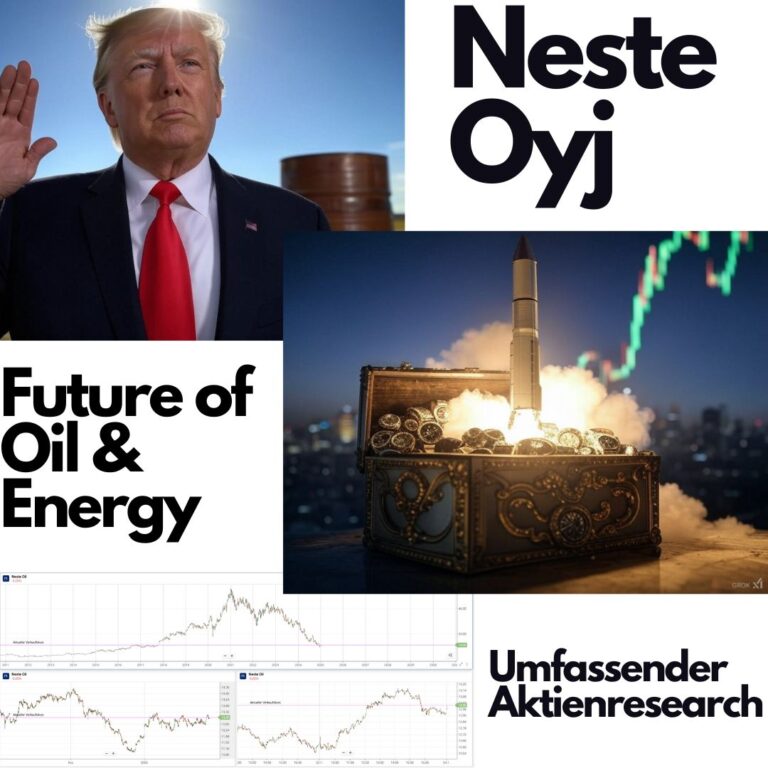Generating clean energy and reducing emissions are at the top of the agenda everywhere in the world. The HESC project is a pilot project to produce liquid hydrogen in Australia and transport it to Japan.
The project, led by Japan’s Kawasaki Heavy Industrie, is supported by Japan and Australia. At the end of January, the world’s first hydrogen tanker began its journey from Australia to Japan. In the future, about 225000 tons of liquid hydrogen per year will be produced and shipped to supply Japan with clean energy.
New approaches to the production and transport of liquid hydrogen
The Hydrogen Energy Supply Chain (HESC) project was launched with the goal of developing and creating a complete supply chain from safe production to transportation of liquid hydrogen.
The project is funded by the Australian and Japanese governments and by the Australian state of Victoria. Australia hopes to become one of the world’s major hydrogen producers through the HESC project. Japan is thus pursuing its decarbonization strategy, which aims to make the country climate-neutral by 2050.
The project is being managed by J-Power, Iwatani Corporation, Marubeni Corporation, AGL Loy Yang Pty Ltd and Sumitomo Corporation under the leadership of Kawasaki Heavy Industries.
The goal is to produce and transport approximately 225,000 tons of liquid hydrogen per year in an environmentally friendly and clean manner. The pilot project thus breaks new ground and in the future could also be groundbreaking for the market leaders of hydrogen manufacturers such as Ballard Power, Bloom Energy or PowerCell.
Hydrogen production takes place in the Latrobe Valley lignite fields in Australia. There, the hydrogen is obtained by gasifying lignite, then liquefied and transported to the Port of Hastings in the Melbourne region.
From there, the liquid hydrogen will be shipped to Japan using a hydrogen tanker newly developed by Kawasaki Heavy Industries. At the end of January, the HESC project achieved a key development goal towards its subsequent commercialization with the first voyage of the new tanker.
CarbonNet project to reduce CO2 emissions
In parallel with the HESC project, which focuses on the production and safe transport of liquid hydrogen, the Australian state of Victoria, together with the central government of Australia, has launched the CarbonNet project. The main aim is to significantly reduce CO2 emissions during the production of hydrogen.
With the help of two modern technologies, the CO2 emitted during hydrogen production is stored in rock strata at a depth of around 1.5 kilometers, so that CO2 emissions can be significantly reduced compared with conventional hydrogen production. An annual reduction of around 1.8 million tons per year is estimated.







